June 17, 2025 | 14:42 GMT +7
June 17, 2025 | 14:42 GMT +7
Hotline: 0913.378.918
June 17, 2025 | 14:42 GMT +7
Hotline: 0913.378.918
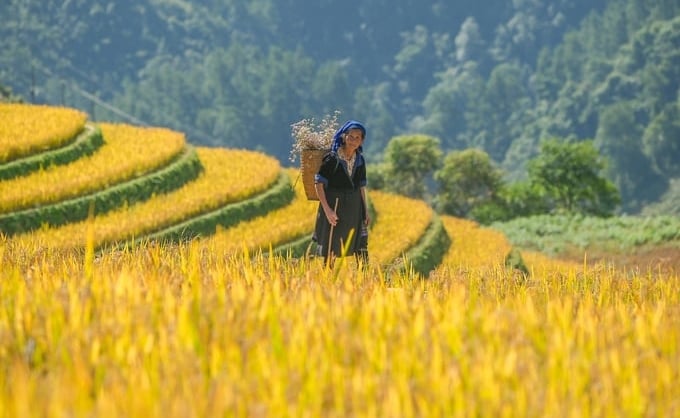
Maintaining production and attracting tourists is a dual task in the field of agriculture and forestry for Mu Cang Chai district. Photo: Tung Dinh.
As a locality closely associated with agriculture and forestry, one of the big questions that the Mu Cang Chai district government (Yen Bai province) must find answers to is how to develop production areas and create stable livelihoods for the majority of people while also having areas to develop tourism, attracting tourists to improve the economy, contributing to the process of sustainable poverty escape.
Mrs. Luong Thi Xuyen, Vice Chairwoman of Mu Cang Chai District People's Committee, admitted that this is a relatively tricky issue during implementation in the area. The reason, according to Ms. Xuyen, is that the district has many terraced fields, and the water problem for this system cannot be resolved entirely.
Therefore, the district government had to calculate and develop plans to divide into agricultural and forestry growing areas associated with tourism to establish quickly, sustainably, and bring in good income, helping people escape poverty.
"Specifically, when dividing into agricultural and forestry sub-zones, Mu Cang Chai district determined that terraced fields are still the source of life and main food supply for the people, and they still have to grow two rice crops," Mrs. Luong Thi Xuyen emphasized.
Accordingly, in places with convenient water sources and guaranteed irrigation, the district will arrange for farmers to produce rice 2 crops/year to ensure food security. In addition, it is necessary to build areas with local specialties and typical products.
Mrs. Xuyen said that in Khau Pha, Nam Co, people grow Tan sticky rice and Tan Khau Pha sticky rice, which have become famous local OCOP products. In addition, Seng Cu rice is also planned for centralized production, improving quality and output to serve consumers.
In addition to rice, several other grains are also centrally planned. For example, in Ho Bon commune, red peanuts and tiny corn will be produced. These are famous agricultural products, attractive to tourists from all over, usually harvested in June - July every year.
In the field of forestry, medicinal plants for economic development under the forest canopy are planned by Mu Cang Chai district in some communes such as Nam Khat, De Su Phinh, and Pung Luong, preparing for the project to develop medicinal plants with large scale shortly.
With primeval forests, where species and habitat conservation work is carried out, the district is expected to build a suitable tourism program to attract tourists who love nature and explore.
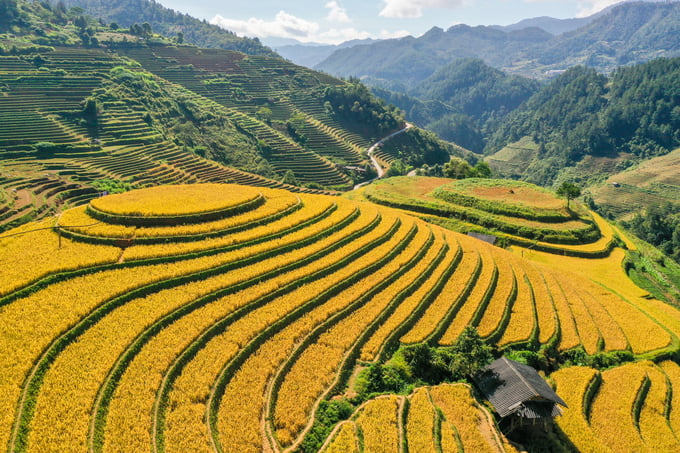
Terraced fields are still determined to be the primary production system, ensuring food security for the people of Mu Cang Chai. Photo: Tung Dinh.
Returning to the terraced field system, the Vice Chairman of Mu Cang Chai District People's Committee said that in areas with difficulty in irrigation, during the dry season, people will be guided to grow vegetables, exceptionally short-lived crops that can replace rice in attracting tourists.
With such systematic, scientific, and detailed planning, the Mu Cang Chai district government hopes that when implemented, it will attract domestic and foreign investors to participate, contributing to tourism development and bringing prosperity to the people.
Currently, the goal of Mu Cang Chai district is to become a tourist district by 2025, and at this time, it will no longer be a poor district and, by 2023, escape the list of poor districts of the country.
It can be seen that achieving these goals requires a considerable amount of work. Therefore, it is necessary to involve the whole system with synchronous and systematic solutions.
In the past few years, the number of visitors to Mu Cang Chai has increased. In 2022 alone, Mu Cang Chai district welcomed and served over 350,000 visitors. In 2023, it is estimated that the number of tourists coming here will reach nearly 300,000, and revenue of VND 300 billion. Revenue from tourism contributes significantly to increasing people's income.
In recent times, tourism development has helped the Mong people in Mu Cang Chai generate their income from many jobs opening homestays, performing arts, being local guides, selling agricultural products... In addition, the district has actively propagated, mobilized, and support Mong people to change their thinking and ways of doing things and boldly invest in community tourism.
Only from 2022 up to now, the district supported the establishment of 2 self-managed waste collection groups, opened two classes to teach Mong Khen performance, and established 19 new art teams and cooperative groups to sew and embroider traditional costumes...
Currently, the district government is coordinating with relevant agencies to organize vocational training for rural workers, focusing on increasing the rate of non-agricultural occupations, especially those serving tourism development such as tour guides, cooks, hotel restaurant operations, receptionists...
Translated by Tuan Huy
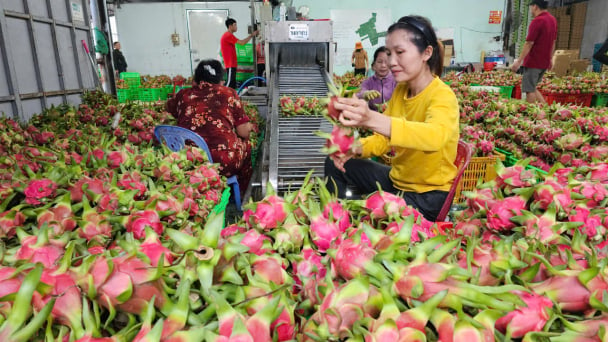
(VAN) According to the Binh Thuan Department of Industry and Trade, in the first five months of 2025, Binh Thuan's dragon fruit export turnover increased by 20.65% compared to the same period last year.
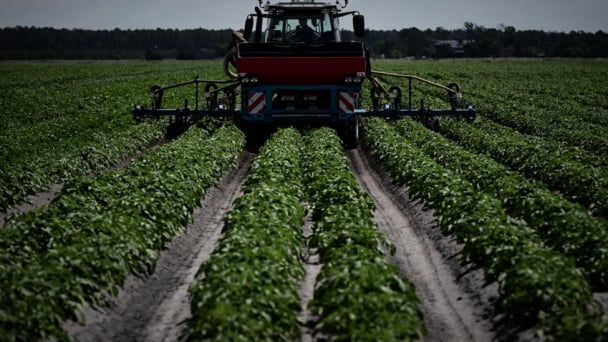
(VAN) EU countries on Thursday gave final approval to new tariffs on fertilizer imports from Russia, a move aimed at cutting off revenue that could support Moscow’s war in Ukraine, despite concerns from European farmers.

(VAN) The working delegation from the Ministry of Agriculture and Environment conducted an important trip to the Netherlands to strengthen strategic partnerships and sustainable development in the agricultural sector.
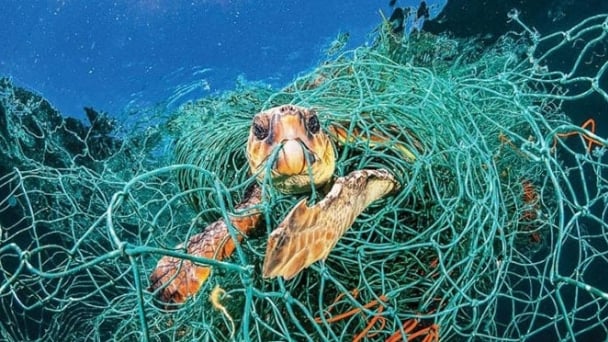
(VAN) The letter ‘A Plea from the Ocean’ not only evokes emotion but also awakens the human conscience to the responsibility of protecting life on Earth.

(VAN) The Department of Agriculture in South Africa has announced the country’s first mass vaccination of poultry to prevent local birds from contracting avian influenza.

(VAN) Establishment of the Mekong Delta Regional Agricultural Linkage Center, aiming for a closed value chain, deep processing, trading platforms, and international market connectivity.

(VAN) Gia Lai province has recently recorded 460 rare species of animals and plants, contributing to forest conservation and biodiversity planning in the region.